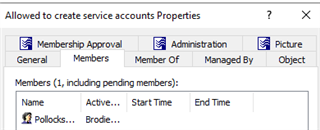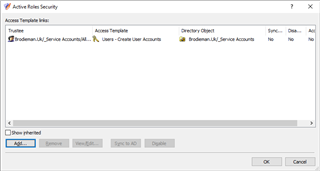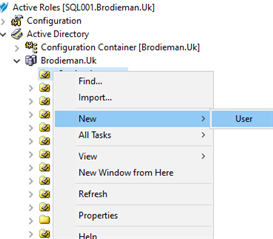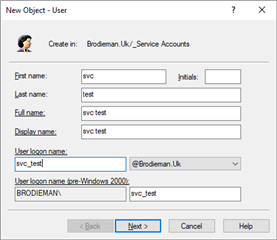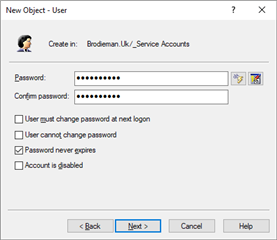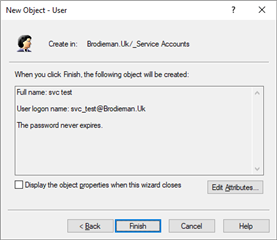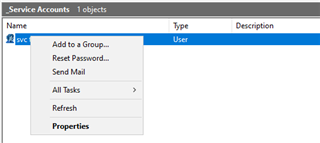Our developers often request for new service accounts or the reset passwords on existing service accounts.
We automation in place via our ITSM for the creation of service accounts, but nothing in place for password resets and the process via the ITSM isn't great.
What would be great is if we could let people create new service accounts via the active roles self service portal, I just cannot work out how or if that is possible. We would also make the requestor the managed by so they can take care of password resets.
Is this possible?





